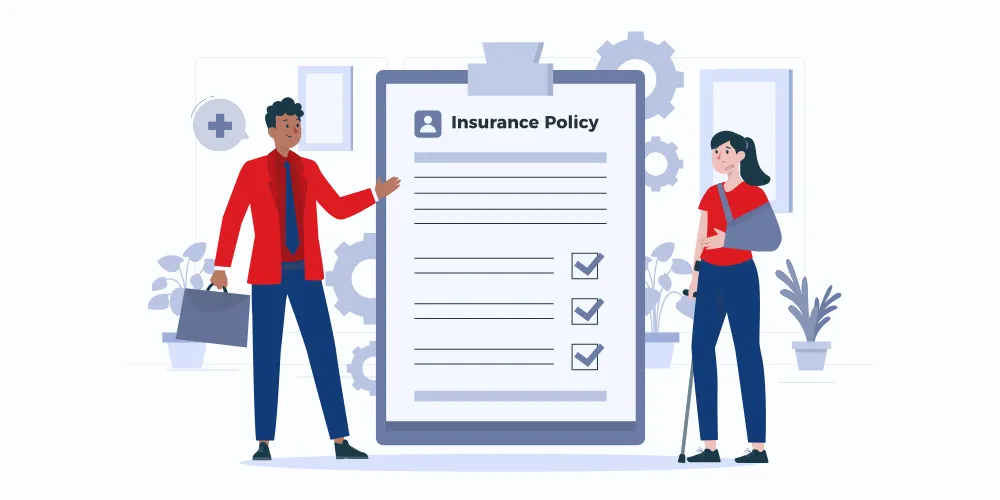8 Most Common Sales Forecasting Challenges
- Aishwarya Govalkar
- Feb 21, 2025
- 4 min read
What is Sales Forecasting? Why is it important?
Sales forecasting estimates an enterprise's sales revenue for a given period, typically a month, quarter, or year. A sales forecast predicts how much a business will sell in the future. Forecasting sales are difficult because external and internal factors integrate to produce an immensely complex set of data on which we need to establish future predictions.
Problem identification is the most difficult aspect of forecasting. Carefully defining the problem necessitates understanding how the forecasts will be used, who needs the forecasts, and how the forecasting function fits within the organization that needs the estimates.
Companies that make accurate forecasts are 10% more likely to increase revenue year over year and 2X more likely to be at the top of their industry. 80% of sales organizations have a forecast accuracy of less than 75%.
The 8 common sales forecasting challenges are:
1) Lack of Expertise
With only existing knowledge, diving headfirst into the world of numbers-heavy forecasting can be tempting. However, suppose the manager needs to figure out how to forecast accurately; in that case, it's best to find someone with experience who can guide you through the process.
Good training will equip managers with the necessary skills and help them avoid common pitfalls. Allowing managers to do their forecasting without assistance is like letting drivers complete their auto maintenance—they may figure out enough to get by the process. Nonetheless, they will never be able to deal with every possible situation that may arise. A good trainer can assist managers in thinking critically about their forecasts to prepare them for every possible scenario.
2) Unwillingness to Change
There are numerous methods for forecasting sales results. Others may use propensity modeling or extrapolated longitudinal trends, while some rely on the traditional sales funnel stages. Leaders must admit when their methods are no longer effective (or perhaps have never worked). In addition, many CSOs recognize that forecast accuracy issues are a symptom of an out-of-date sales process.
Sales processes have traditionally been designed sequentially. However, most B2B purchasing journeys are nonlinear. Sales processes may need to be redesigned before they can correct forecasts. Then, sellers must be trained to manage opportunities by tracking progress through the buying journey with customer verifiers.
3) Poor Sales Process Execution
Poor data quality is expected when sales management fails to define or enforce strict stage definitions and milestones for sales cycles across marketing, sales, and customer success. Unfortunately, this is a common occurrence in most businesses. The lack of a formal process is the most significant impediment to developing a sales forecast. Many companies have a sales forecasting process, but it isn't being used as effectively as it could be. They may lack a documented method or employ one that is incompatible with their overall business goals and objectives.
Furthermore, there are no universal best practices for developing sales forecasts. Every company faces distinct forecasting challenges and opportunities, necessitating the development of a methodology to address those challenges and opportunities. Companies that implemented best-in-class forecasting processes met quotas 97% of the time, while 55% did not.
4) Historical-Only Forecasting
Relying solely on historical sales data to predict future sales is a common mistake. While past performance offers insights, it doesn’t account for market shifts, economic changes, or evolving customer behavior.
Take inventory planning, for example. If you base your orders solely on last year’s sales, you might end up overstocked or underprepared. Instead, blend historical data with forward-looking indicators—economic forecasts, industry trends, and market sentiment—to create a more accurate and adaptable sales forecast.
5) Technology Constraints
Sales teams make significant investments in technology. Sales organizations routinely use more than ten sales technology tools and intend to add four more in the coming year. The difficulty in sales technology and forecasting stems from a lack of planning and integration.
According to Kornferry’s data, nearly 30% of survey respondents said their sales technology stack was tightly integrated with all its applications, including CRM. Approximately the same percentage believed that their sales tech stack seamlessly supported a seller's daily routine.
6) Low-quality Data
Forecasting is based on sales data, which is only reliable when it is complete and accurate. Poor data is primarily the result of inconsistent or poor sales process execution. Sellers frequently fail to enter data into customer relationship management (CRM) or forecasting systems. When they do, many sellers rely too heavily on gut feelings about an opportunity rather than objective data. While some sellers are overconfident, others are overly cautious. Individuals and managers alike tend to sandbag numbers.
7) Decisions based on Instincts
Relying on gut feelings instead of data-driven insights can lead to inaccurate sales forecasts. Without solid data, forecasting becomes a guessing game, making it harder to stay on track and make informed decisions. A thorough analysis of performance metrics, market trends, and customer behavior provides the clarity needed to understand what’s driving success—or causing setbacks. By leveraging data, businesses can move beyond instinct and create more accurate, reliable forecasts that guide smarter decision-making.
8) Delay in Sales Forecasting
67% of organizations do not have a formalized forecasting approach. Businesses frequently begin forecasting at the start of the year or even at the start of a fiscal quarter. By then, it's too late to get an accurate picture of what's happening in the business. The best time to start forecasting sales is as soon as possible—ideally, six months before you need the information.
Conclusion
Sales forecasting is a never-ending goal assessment, allocation, and adjustment cycle. It's easy to get mired in the shuffle of assigning tasks and tracking goals. To gain a competitive advantage, you must master forecasting management by keeping track of all metrics under sales quotas and commission plans. Accurate sales forecasts can help businesses avoid financial problems caused by overestimating or underestimating while ensuring they have enough inventory to meet demand. By allocating resources efficiently and effectively, companies can optimize their operations and achieve financial goals.




